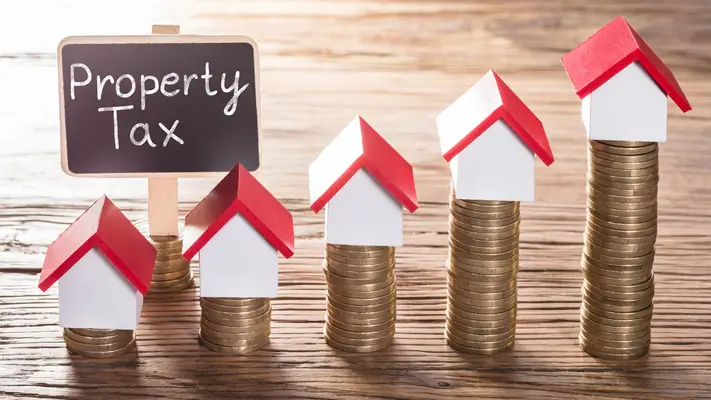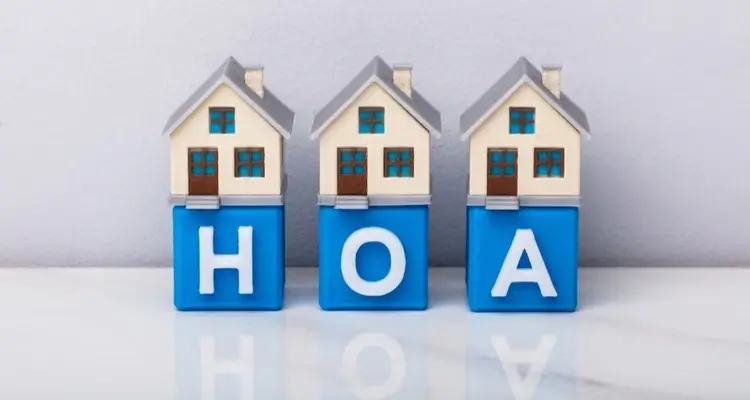
Times are tough and some people are falling behind on their mortgage payments and could be facing foreclosure in the near future.
If you’re facing financial hardship and are looking into how you can avoid foreclosure this article examines programs that will stop the foreclosure process and reduce your monthly payments.
See if Qualify to Refinance Your Home and Lower your Monthly Payment
Contact Your Lender
Those experiencing difficulties making their monthly mortgage payments should contact your lender or loan servicer to inquire about foreclosure prevention options they offer.
If your mortgage company is not working with you, or not communicating well there are organizations that help contact, and discuss your options on your behalf.
Reinstatement | Lenders may discuss accepting less than the total amount you owe in a lump sum by a specified date usually combined with a forebarance. |
Forbearance | Lenders may allow you to reduce or suspend payments for a short time which must be agreed upon to bring your mortgage current. Forebarance options are combined with reinstatement when you have the funds to bring the account current. |
Repayment Plan | An agreement to resume making regular monthly mortgage payments in addition to a portion of the at due amount until the account is brought current. |
Mortgage Modification | Borrowers who can afford the payments on their mortgage but don't have enough to bring the account current your lender may change one or more of your original loan terms for a more affordable mortgage payment. |
Modify or Refinance Your Loan for Lower Payments
Home Affordable Modification Program | Lower your mortgage payments to 31% of your gross income. On average, HAMP modifications results in a 40% lower monthly payment. 18% of HAMP homeowners save $1,000 a month, or more. |
Principal Reduction Alternative | The PRA was created to help homeowners whose homes are worth far less than they owe byb encouraging investors and loan servicers to reduce your principal balance. |
Second Lien Modification Program | For homeowners who have already modified their loan under HAMP SM and proceeded to get a second mortgage on the property. May be eligible for a modification on your second mortgage under 2MP. |
Home Affordable Refinance Program | For homeowners who are current on their mortgage payments but have not been able to qualify for a refinance because your home's value is worth less than you owe. HARP allows homeowners to refinance into more affordable mortgage payments. |
Underwater Mortgages
In today’s housing market, many homeowners have experienced a decrease in their home’s value. Learn about these MHA programs to address this concern for homeowners.
Home Affordable Refinance Program | Borrowers who are current on their mortgage payments but have been unable to refinance their loan because the value of their home has declined may be eligible through HARP to get a more affordable mortgage payment. |
Principal Reduction Alternative | The PRA program was created to help homeonwers whose homes value has dropped significantly and now owe far more than the home is worth. PRA was designed to help homeowners whose homes are worth significantly less than they owe by encouraging servicers and investors to reduce the amount you owe on your home. |
Treasury/FHA Second Lien Program (FHA2LP) | Borrowers with two mortgages and the first mortgage servicer agrees to participate in the FHA short refinance. Your second mortgage on the home may be reduced or eliminated through FHA2LP. If your second mortgage servicer agrees, the total amount of your mortgage debt after refinancing cannot exceed 115% of the market value of your home. |
Assistance for Unemployed Homeowners
Homeowners who have recently experienced a loss of income or a reduction of income due to involuntarily loss of employment or underemployment may be eligible for the following unemployed homeowner’s programs:
Home Affordable Unemployment Program | If you're unemployeed and having a hard time making your monthly mortgage payments you may be eligible for UP. The UP program provides a reduction or suspension of mortgage payments for twelve months while you try to find employment. |
Emergency Homeowners’ Loan Program (EHLP): | If your income has dropped by 15% as a direct result from involuntary unemployment or underemployment, the EHLP assistance program covers pastdue mortgage payments and a mortgage of the homeowner's mortgage payments for up to 24 months, with a maximum payout of $50,000. |
FHA Special Forbearance | Unemployeed homeowners having a hard time making their mortgage payments may be eligible for FHA's special forebarence. Which requires loan servicers to extend the forebarence period, offering suspended mortgage payments for 12 months for FHA borrowers who qualify. |
Managed Exit for Borrowers
For borrowers who can no longer afford their mortgage payments and owe more money on the home than it’s worth and are looking for a way to exit the home may qualify for the following programs:
Home Affordable Foreclosure Alternatives (HAFA) | For homeowners whose mortgage payments are unaffordable and are interesting in transitioning to more affordable housing with a deed-in-lieu of foreclosure or short sale through HAFA SM. |
"Redemption" | Redemtion is a period after your home has been sold at a foreclosure sale when you can reclaim your home. You must pay the outstanding principal loan balance and all foreclosure costs. |
Assistance for FHA-Insured Homeowners
The Federal Housing Administration (FHA) is part of the U.S. Department of Housing and Urban Development (HUD), aggressively works to stop and reverse the losses that foreclosures cause.
Find a local HUD-Approved Housing Counseling Agency
Home Equity Conversion Mortgage (HECM)
Homeowners who are 62 years of age and older may be eligible for a HECM, also referred to as a reverse mortgage which uses the equity in your home to provide a stream of income.
2020 HECM Requirements |
• Be 62 years of age or older |
• Own the property outright or have significant equity |
• You must occupy the property as your principal residence |
• Not be delinquent on any federal debt |
• Financial resources to continue making payments of ongoing charges such as property taxes, homeowner's insurance, and HOA dues. |
• Participate in a consumer information session by a HUD- approved HECM counselor |
Property Requirements
2020 HECM Property Requirements |
• Single family home or 2-4 unit home with one unit occupied by the borrower |
• HUD-approved condominium project |
• Individual Condominium Units that meet FHA Single Unit Approved requirements |
• Manufactured home that meets FHA requirements |
HECM Costs
Mortgage Insurance Premium | Mortgage insurance guarantees you'll receive expected loan advances. The mortgage insurance premium (MIP) can be financed as a part of your loan. |
Third Party Charges | Closing costs include surveys, title search and title insurance, property taxes, inspections, recording fees and more. |
Origination Fee | Lenders can charge the greater of $2,500 or 2% of the first $200,000 of your home's value plus 1% of the amount over $200,000. The HECM origination fee has a $6,000 cap. |
Servicing Fee | Serving includes sending account statements, disbursing loan proceeds and ensuring property taxes and hazard insurance payments are up to date. Maximum monthly servicing fee of $35. Each month the servicing fee is added to your loan balance. Lenders may also choose to include the servicing fee in the mortgage interest rate. |
Refinancing for Homeowners with Significant Equity
Cash-Out Refinance | A cash-out refinance is a new loan that replaces your current loan plus provides up to 80% of your home's value in cash. | ||
Home Equity Loan | A home equity loan is a second mortgage that uses the equity in your home as collateral for a new loan. | ||
HELOC | Works like a home equity loan except instead of the funds being dispersed in a lumpsum a HELOC provides a line of credit you can borrower from as needed similar to a credit card. | ||
Rate Search: Check Today’s Refinance Rates



